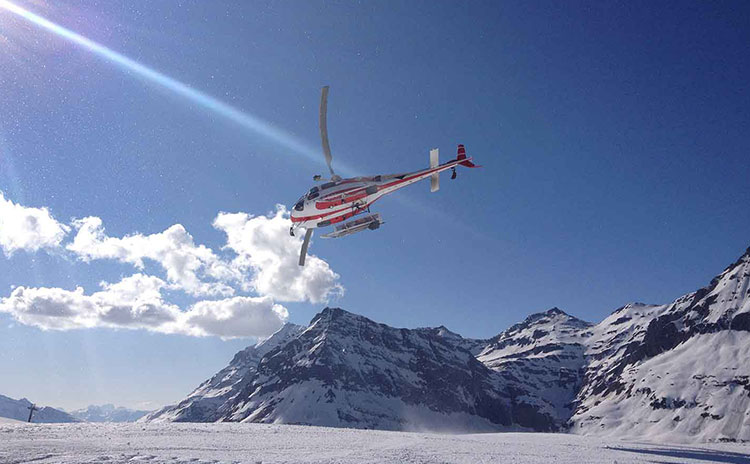8 Golden Rules About Weather and Helicopter Flights

Aviation forecasts are a central tool to help pilots to identify anticipated weather threats and put in place a
strategy to mitigate those threats during the pre-flight planning stage. However, a forecast only describes
what is most likely to happen, and pilots must use their knowledge and experience to consider other
possible outcomes associated with particular weather patterns.
It is not unusual for in-flight weather to differ from the forecasted weather. When this occurs, pilots need
to recognize the unanticipated threat of deteriorating weather and put into place a timely strategy to
mitigate the risks and avoid undesired and unsafe consequences.
The purpose of these eight “rules” is to reinforce to pilots the essential need for a detailed understanding
of aviation weather. This includes the appropriate threat assessments and strategies to adopt in relation to
preflight, in-flight and post flight operations so that a helicopter flight can be conducted safely under
Visual Meteorology Conditions. Don’t take chances. Be prepared for what Mother Nature may throw at
you. Here are the 8 Golden Rules:
1. Always obtain an aviation forecast.
2. Expect conditions to be worse than forecast.
3. Check actual conditions against the forecast.
4. Identify alternative routes and suitable diversion airfields.
5. Always carry enough fuel for unexpected situations.
6. Scan the sky and horizon for possible problems and note local surface winds.
7. Check weather reports while flying.
8. Be prepared to divert, turn around or land. (i.e., Make sure there is an alternative course of action
available should the weather conditions preclude the completion of the flight as planned. In other
words, don’t be afraid to land and live.)
Source : http://www.ihst.org/LinkClick.aspx?fileticket=vptVc%2failDU%3d&tabid=3056&language=en-US



